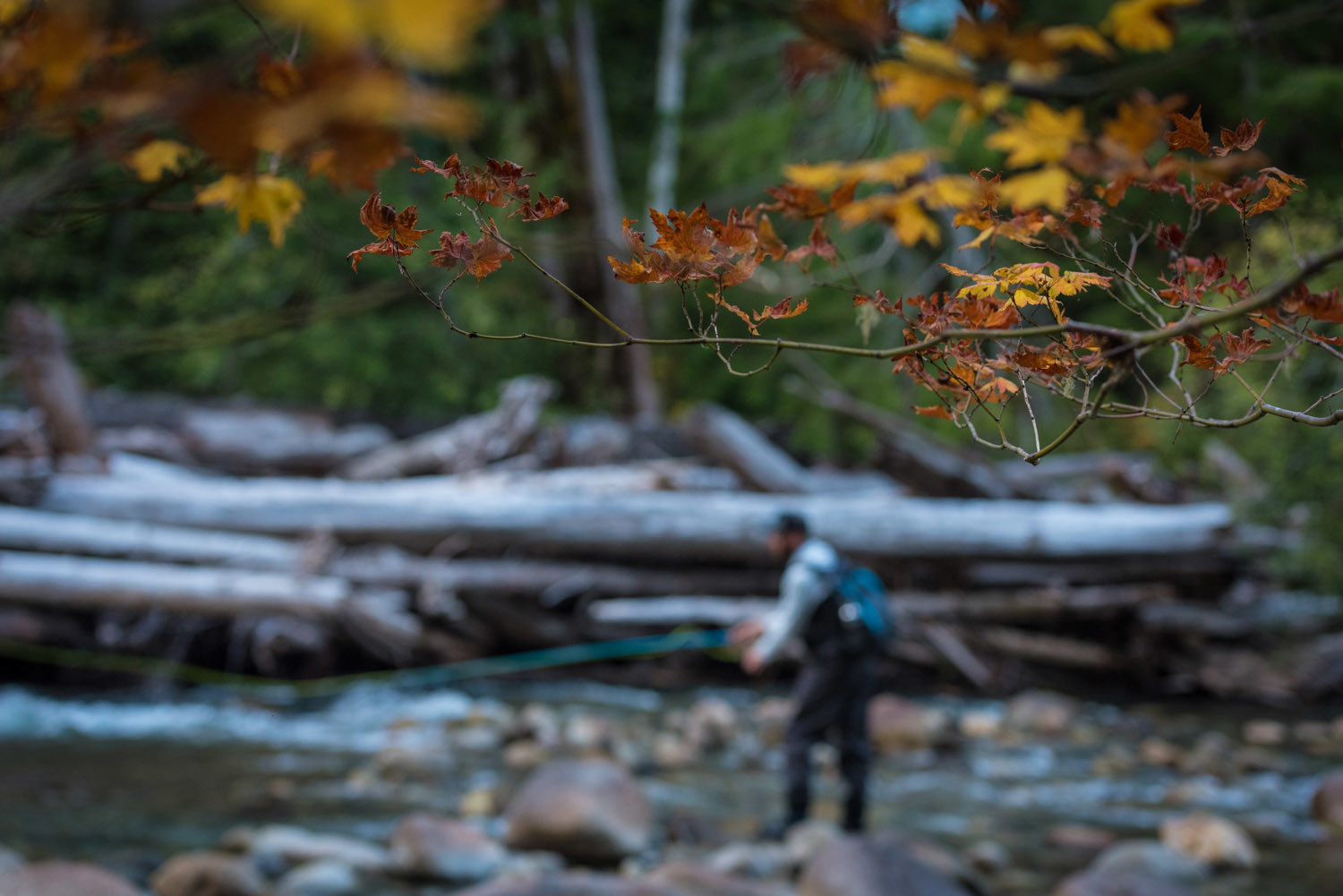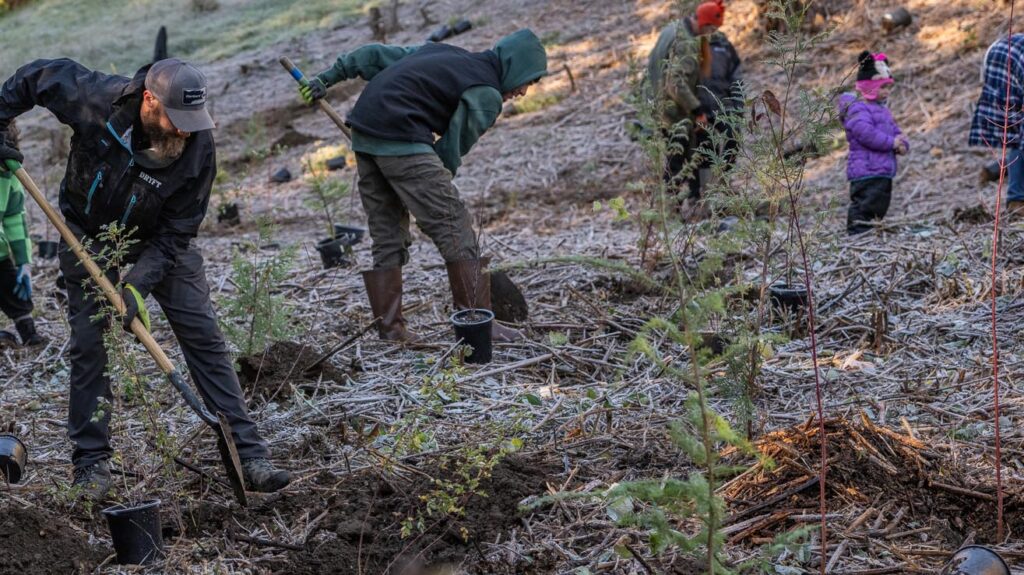Strolling through the woods we were struck dumb. Not 20 feet from us was a squatch. We couldn’t believe what we were seeing. He had just landed a real trophy and was prepping it for release. The hook was out as he cradled it gently in the water. A branch cracked under my foot, he looked up and made eye contact. He saw the camera pointing at him and hoisted his catch up high for a quick hero shot. Click click click. The camera whirred away taking shot after shot. This could be it. Proof that the legend exists!

And wouldn’t you know it…he was all decked out in DRYFT wading gear. Looks like we found our new unnofficial mascot.













































